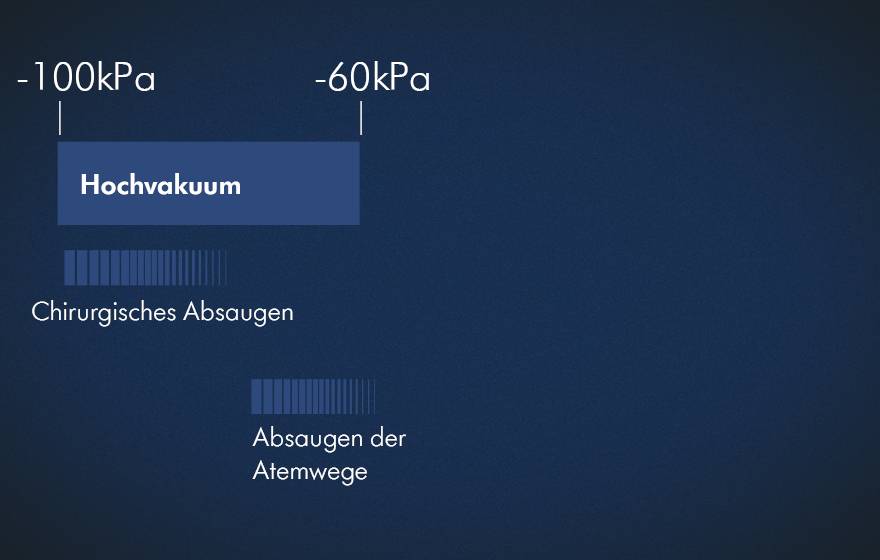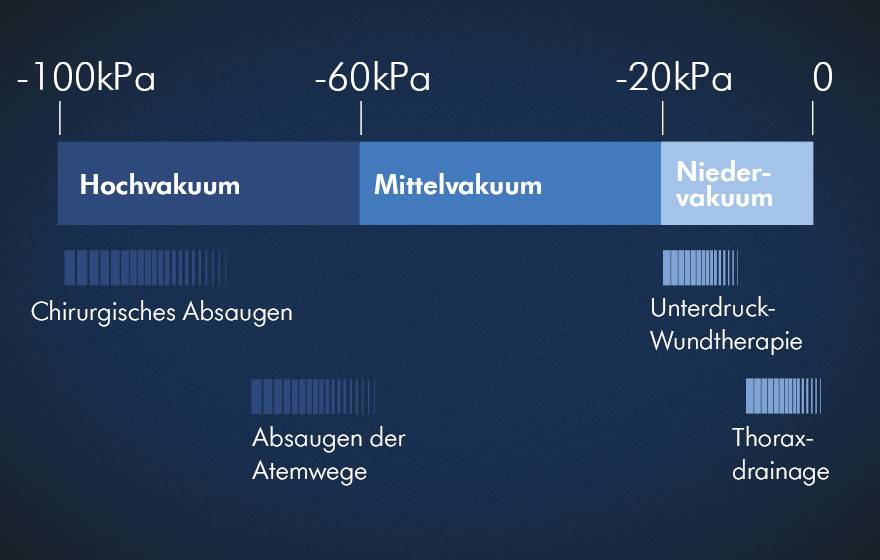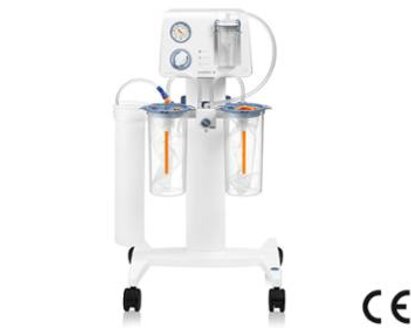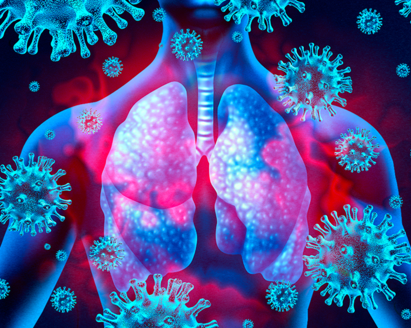Du tittar just nu på:
Medela - sv_SE
Du kan välja en alternativ Medela-webbplats i något av dessa länder:
Välj
Välj
Global
Australia
Austria
Belgium
Brazil
Canada
China
Denmark
France
Germany
India
Italy
Japan
Luxembourg
Netherlands
New Zealand
Norway
Poland
Portugal
Spain
Switzerland
Sweden
UK
United States of America
Du kan välja en alternativ Medela-webbplats i något av dessa länder:
Du kan välja en alternativ Medela-webbplats i något av dessa länder:







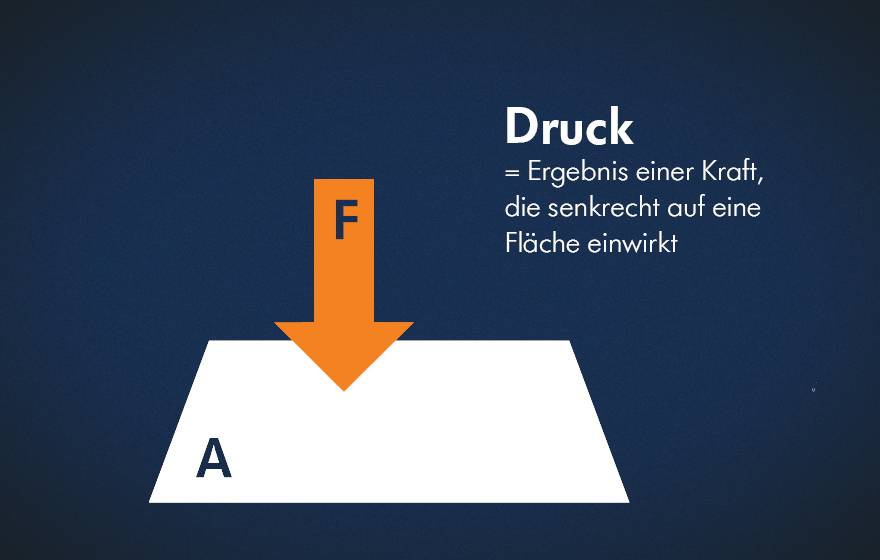
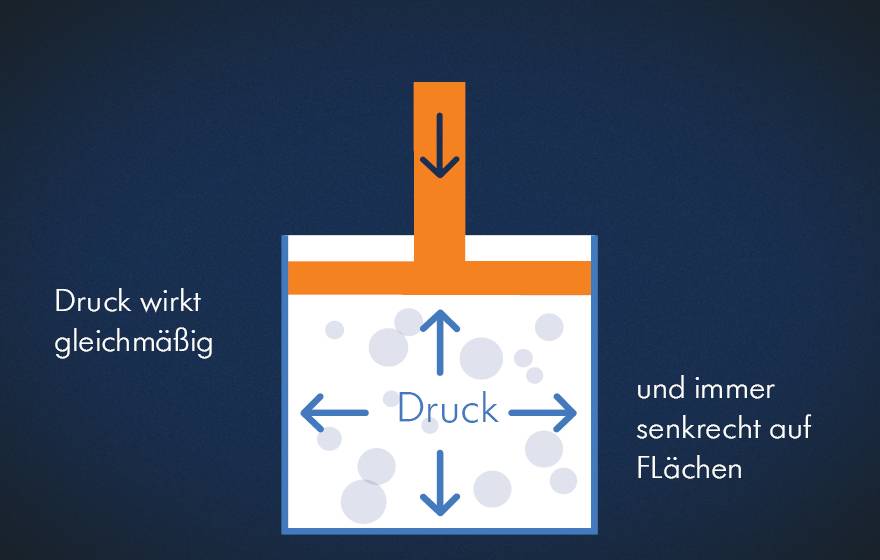

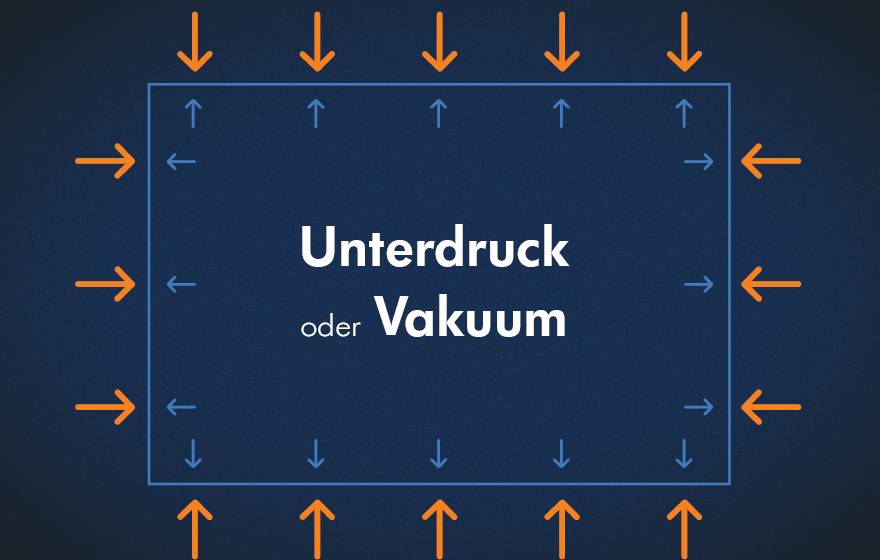
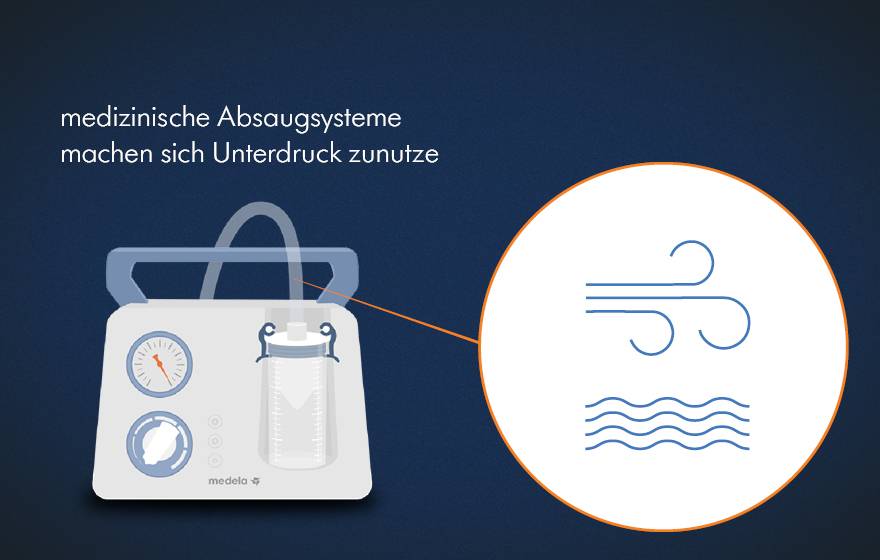
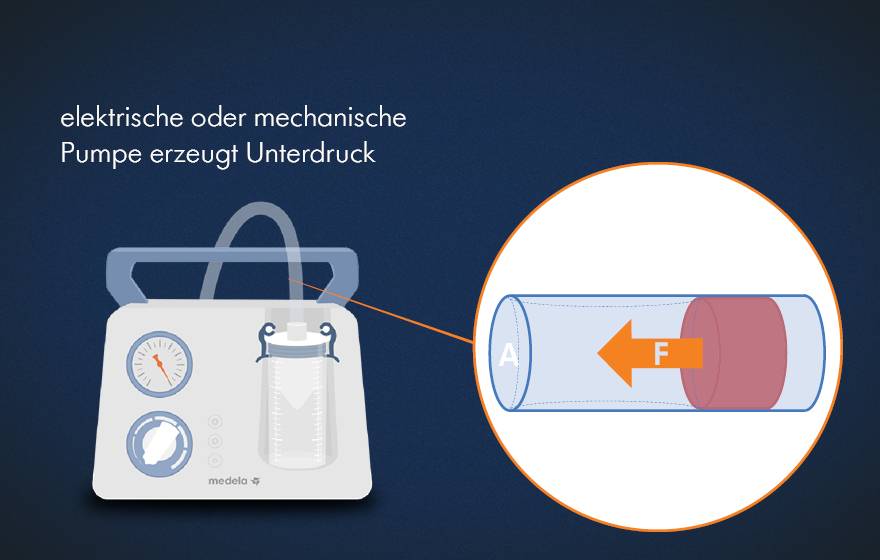
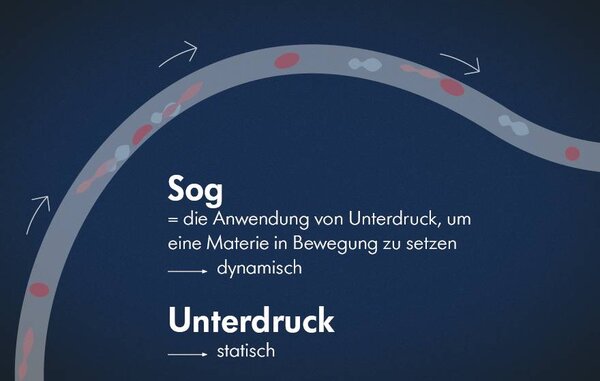 Suction is the application of negative pressure to move air, liquids or solids. While negative pressure is static, suction refers to the dynamic effect that sets fluids in motion.
Suction is the application of negative pressure to move air, liquids or solids. While negative pressure is static, suction refers to the dynamic effect that sets fluids in motion.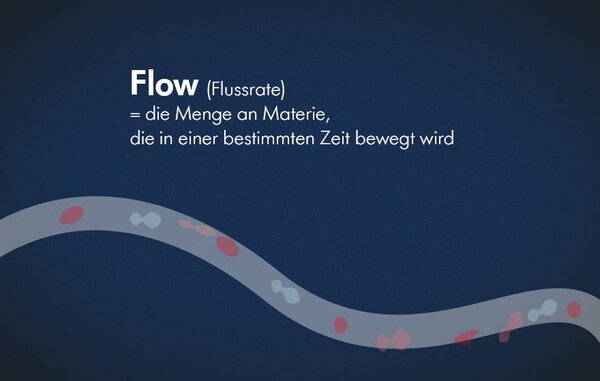 Flow or flow rate is a measurable quantity. It refers to the amount of matter that is moved within a certain time.
Flow or flow rate is a measurable quantity. It refers to the amount of matter that is moved within a certain time.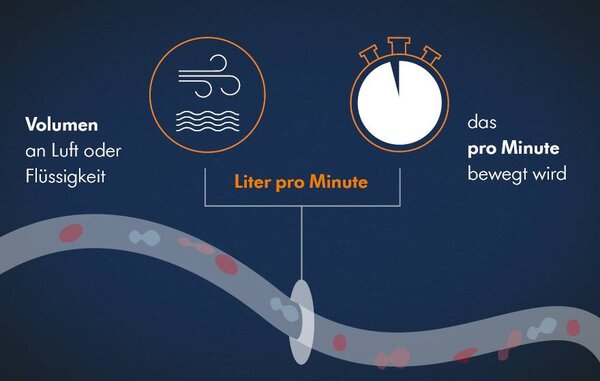 Flow is measured by the volume of air or fluid moved per minute. The unit is litre per minute.
Flow is measured by the volume of air or fluid moved per minute. The unit is litre per minute.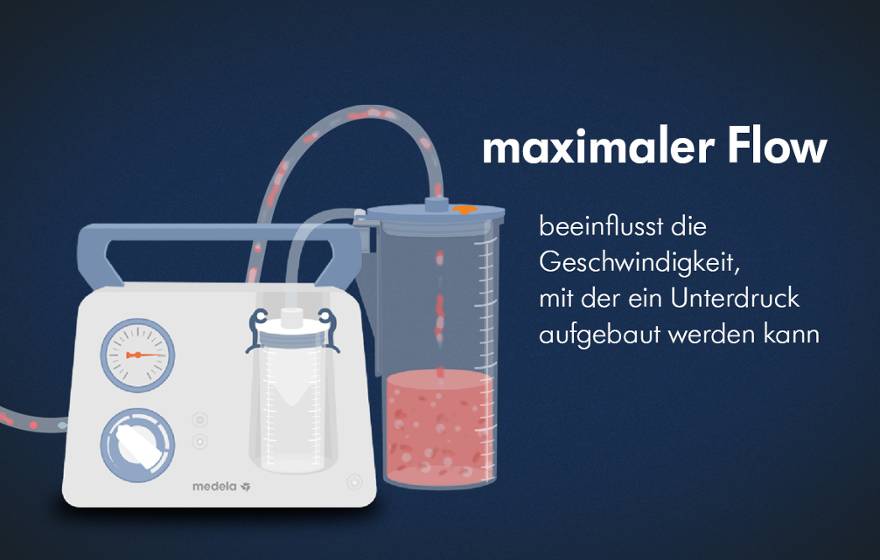
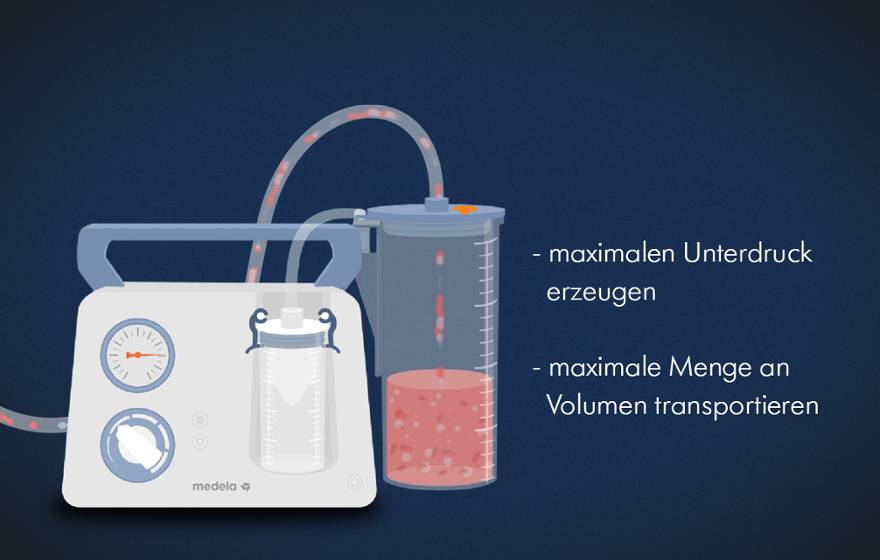 A pump can generate a maximum vacuum and transport a maximum volume.
A pump can generate a maximum vacuum and transport a maximum volume.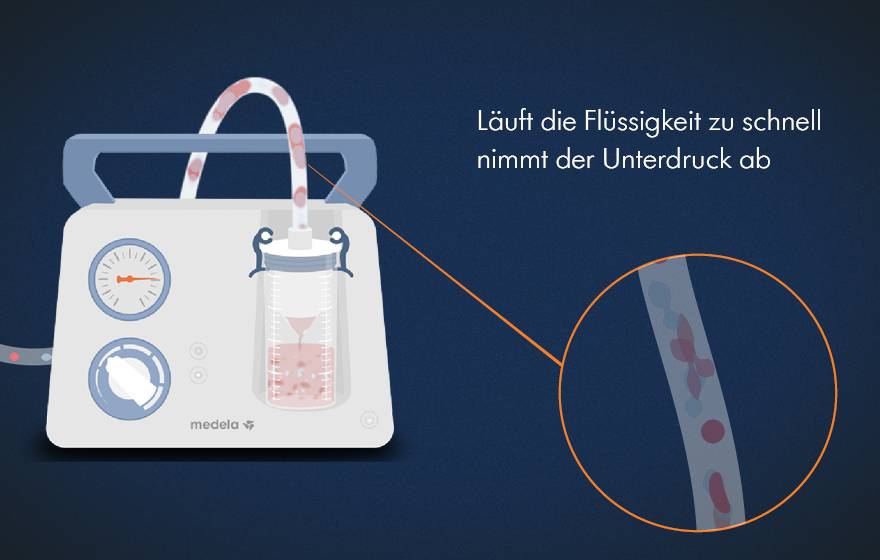 If the fluid drains too quickly, the negative pressure decreases and cannot be maintained.
If the fluid drains too quickly, the negative pressure decreases and cannot be maintained.